Not all grains are created equal. Learn how to identify and eat more whole grains each day with these tips and simple swaps.
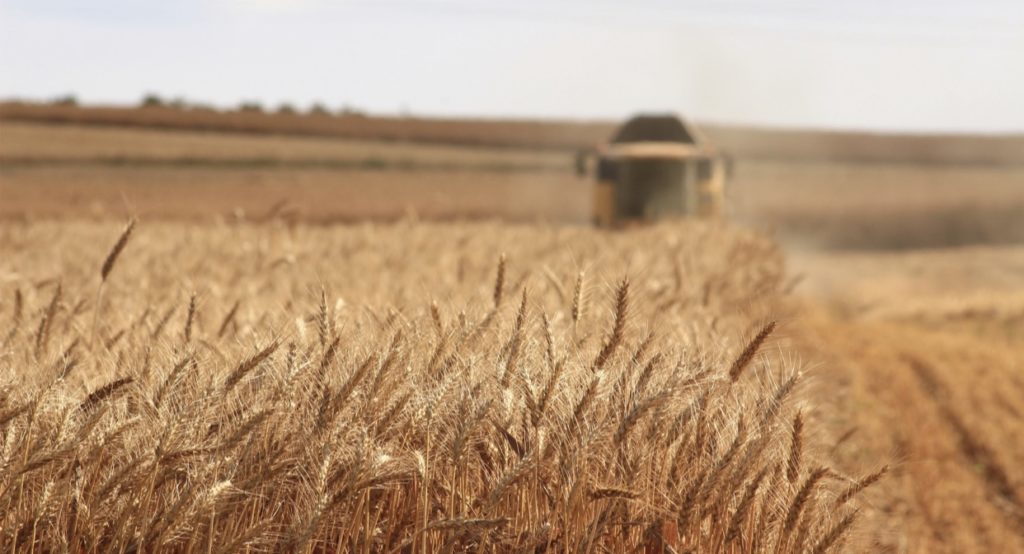
The Dietary Guidelines for Americans recommend we get at least three servings of whole grains per day, yet studies show Americans average less than one serving daily. When I discuss this with my clients, many of them tell me that they have a hard time identifying which grains, are whole grains. They also want to know why. What are their benefits?
This isn’t surprising. With so many carbohydrate options out there, and misinformation about their benefits, it’s easy to become overwhelmed. Here’s the help you need on why you should include whole grains in your diet, and how to get the recommended three servings per day.
What Is A Whole Grain Food?
All grains start as whole grains. When they are growing in the field, whole grain is the entire seed of the plant. That seed is made up of three edible parts – the bran, germ and endosperm. A grain is considered to be a whole grain when it maintains its original “whole” form.
Some examples of popular grains include wheat, corn, rice, oats, barley, quinoa, sorghum, spelt, rye and popcorn. When these grains are eaten in their whole form, they are considered whole grains.
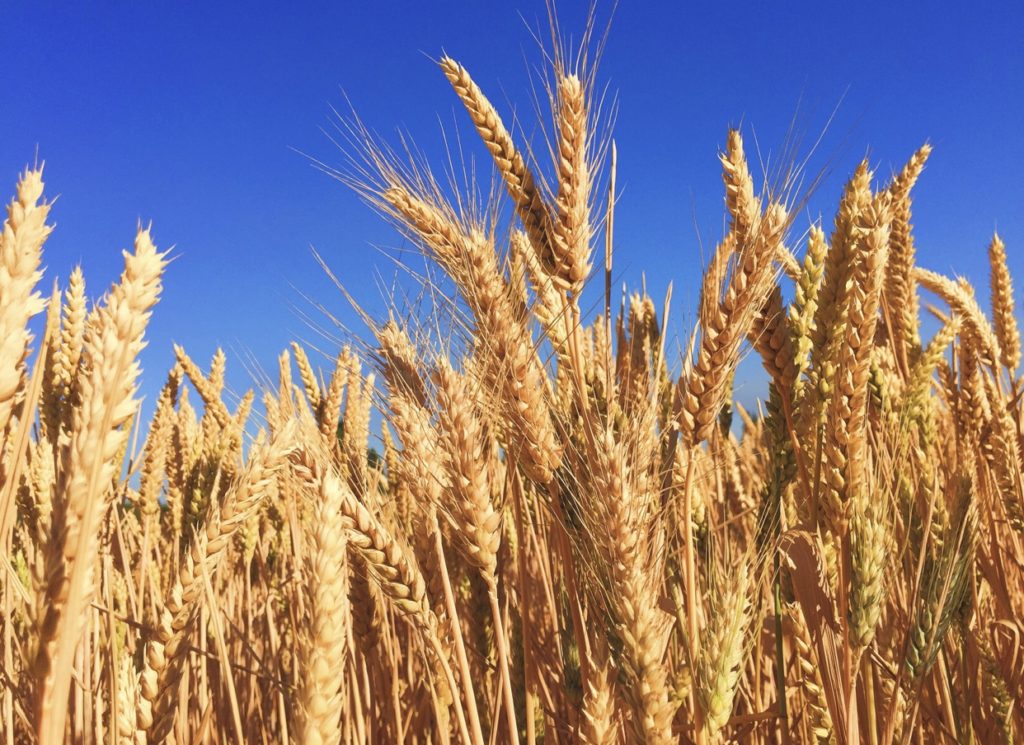
What Are Refined Grains?
Refined grains are not whole grains, because they have had one or more of their three parts – the bran, germ or endosperm – removed. White flour and white rice are examples of refined grains. When grains are refined, they lose some of the nutrients. Unfortunately, a large majority of the grain foods you find in the grocery store are refined grains.
Why Whole Grains?
There is a reason we encourage eating a diet that includes a variety of foods. One of those reasons is that a varied diet is more likely to be adequate in nutrients. Eating whole grains are a great way to get a variety of nutrients. Whole grains contain numerous compounds that help promote health, such as protein, fiber, antioxidant phytonutrients, B-vitamins and many trace minerals including iron, zinc, copper and magnesium. Research is also supporting a diet rich in whole grains in the fight against heart disease, type 2 diabetes and a variety of cancers. Whole-grains diets also help maintain regular bowel movements and promote growth of healthy bacteria in the colon.
How To Identify Whole Grains
Learning how to identify whole grains is the first step in incorporating them into your diet. Here are some tips to help:
Look For The Words 100% Whole Wheat On The Package
The FDA regulated the use of the term whole wheat and has guidelines on how it can be used and what it means. If a food lists that it is or has 100% whole wheat, you can be sure that it is a whole grain food.
Simply listing whole wheat, however, does not mean it’s necessarily a whole grain. That term can be used to describe a product made with a mix of wheat and refined grains. Choosing whole wheat is a step up from something made from 100% refined grain, but it doesn’t mean it’s a whole grain food. The word 100% whole wheat can be listed somewhere on the packaging, but it’s also important to look at the ingredient list.
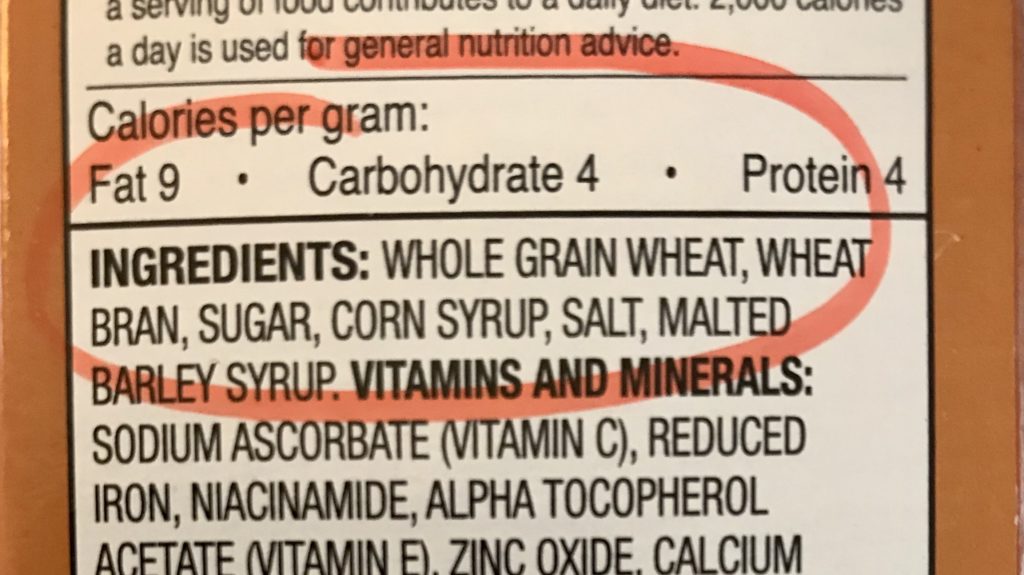
Read The Ingredient List
If a food contains the whole intact grain, it will list it in the food label. Look for the word “whole wheat” or another whole food grain product to be listed in the ingredients list. It should be listed as the first ingredient. Foods are listed in the ingredient list by order of weight. The ingredient that weighs the most is listed first, and the ingredient that weighs the least is listed last.
Don’t be fooled by terms like 100% wheat, multigrain or enriched. These terms do not indicate a food is a whole grain. It must say “whole wheat” or list another whole grain (like to be considered a whole grain.
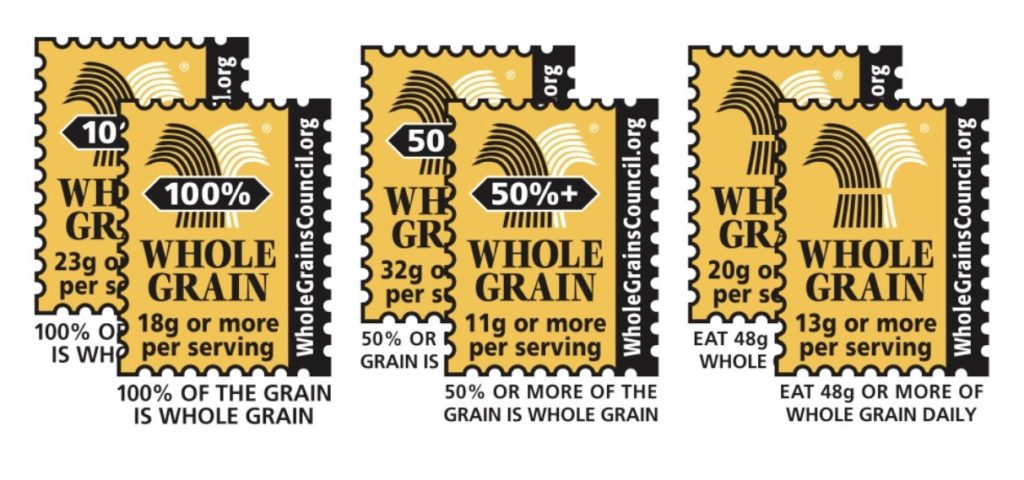
Check The Package For The Whole Grain Stamp
The Whole Grains Council created a whole grain stamp as a way to help consumers identify whole grain products. The stamp first appeared on certain foods in 2005, and the list of products using the stamp has continued to grow ever since.
The stamp can be found on foods like bread, pasta, rice and even cookies. To carry the stamp, the product must contain at least 8 grams of whole grains per serving. That equates to ½ of a serving of whole grains. Look for the stamp each time you shop for grain products to help you identify products with whole grains.
Whole Grains Have An FDA Approved Health Claim
Check for the FDA-approved health claim to be mentioned on the packaging, or for the product to list the grams of whole grain in the product. The health claim will read, “Diets rich in whole grain foods and other plant foods and low in total fat, saturated fat, and cholesterol may reduce the risk of heart disease and some cancers.” This is found on products that contain at least 51% whole grain ingredients (by weight) and are also low in fat. Not that not all foods that have whole grains will have the approved health claim listed. However, if it does, you know that it does.
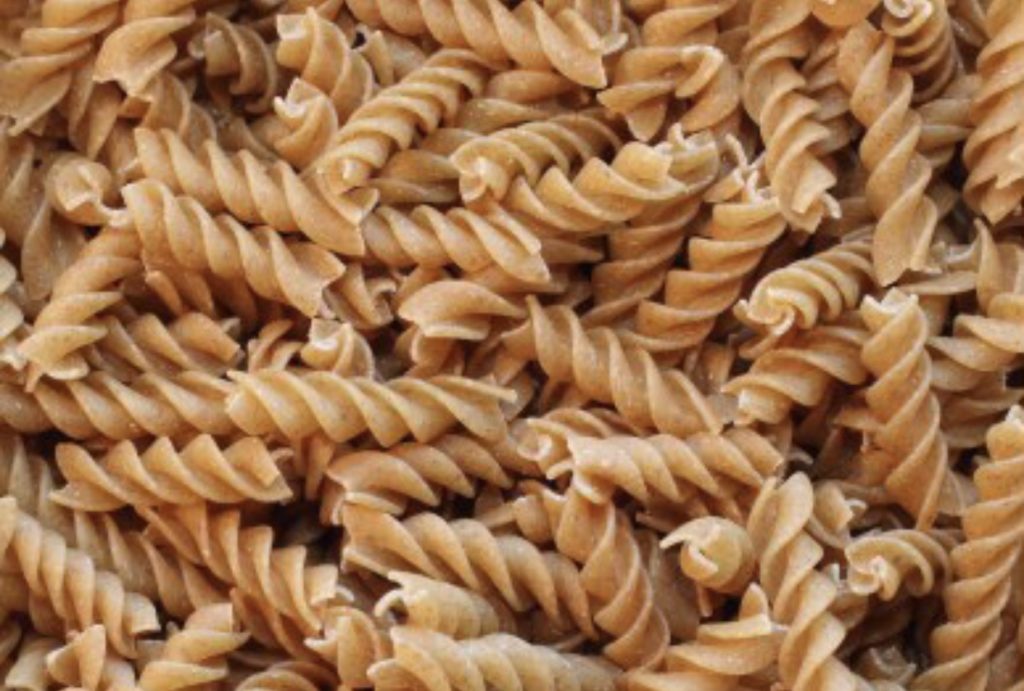
What Does One Serving Look Like?
Three servings might sound like a lot, but if you consider the portion size per serving, it’s not a lot at all. The following are some examples of what a serving of whole grain looks like:
- 1/2 cup cooked oats
- 1 slice of 100% whole wheat bread
- 1/2 cup cooked whole wheat pasta
- 1 cup 100% whole wheat, ready-to-eat dry cereal
How To Get 3 Servings Of Whole Grains Each Day
You can increase your intake easily by making simple swaps to your current choices. Here are some quick tips for increasing whole grains in your diet.
- Substitute brown rice, wild rice or kasha for white rice
- Swap your current breakfast cereal for oatmeal or other whole wheat, ready-to-eat cereal. Try this these power protein oats with nuts and berries.
- Modify your pancake, muffin or biscuit recipe to include ½ whole wheat flour and ½ white flour
- Purchase whole wheat tortillas for basic flour tortillas
- Ask for whole wheat bread when dining out.
- Experiment with new grains such as quinoa, barley or wheat berries.
- Snack on popcorn, rather than chips or pretzels
Remember to fill ¼ of your plate with whole grains, ¼ with lean proteins, ½ your plate with fruits and vegetables to create a healthy and balanced meal.

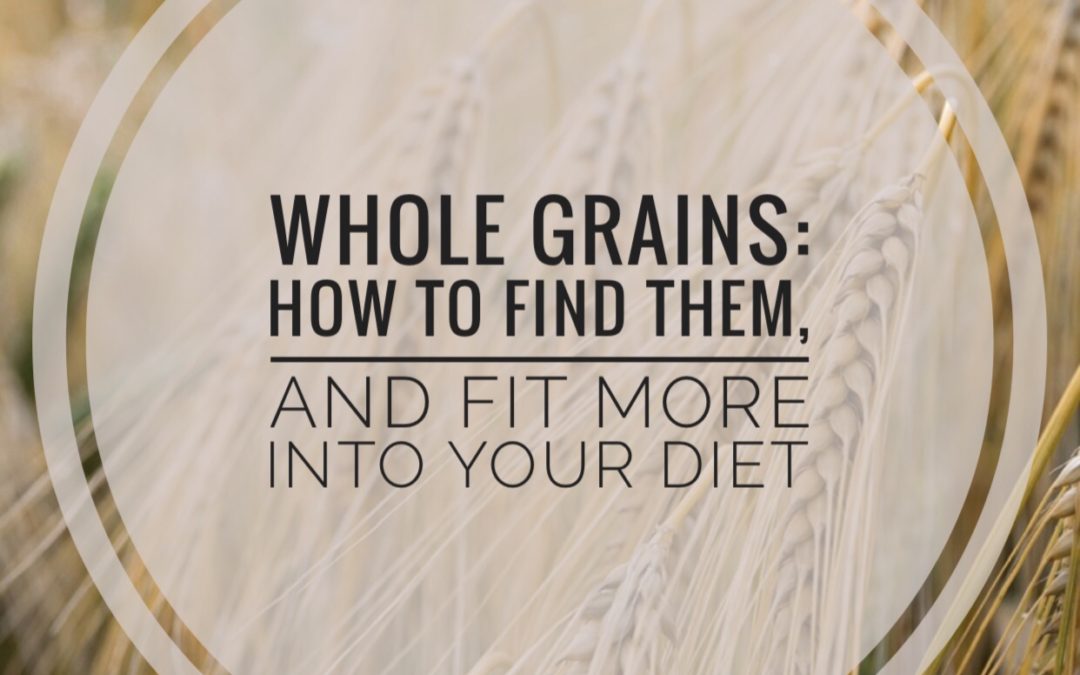
 Hi, I’m Heather – a registered dietitian, busy mom, consultant, adventure junkie and travel addict who has mastered living healthy on the go. My blog is where I share simple recipes and healthy living tips to help and inspire others to live their best life.
Hi, I’m Heather – a registered dietitian, busy mom, consultant, adventure junkie and travel addict who has mastered living healthy on the go. My blog is where I share simple recipes and healthy living tips to help and inspire others to live their best life.